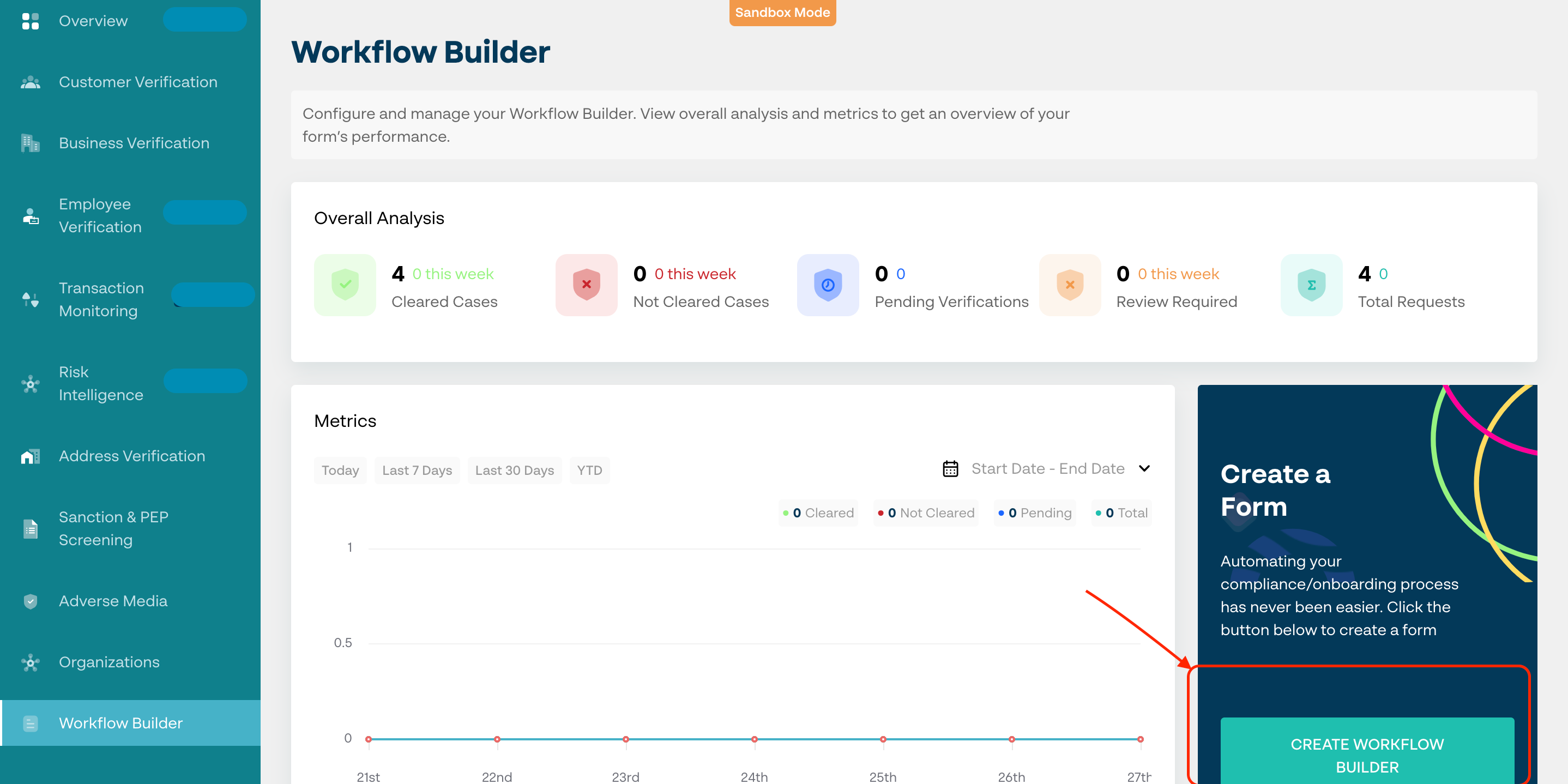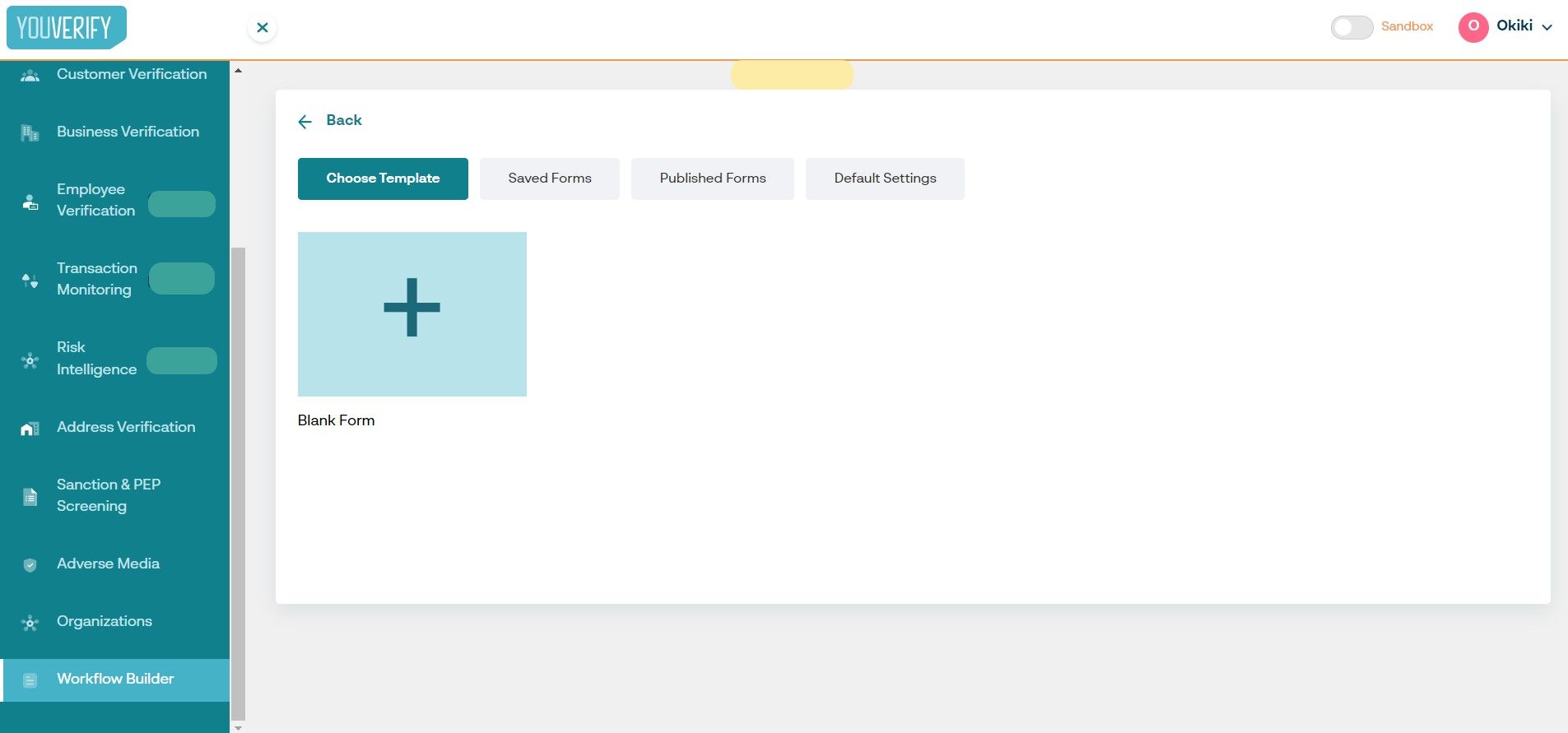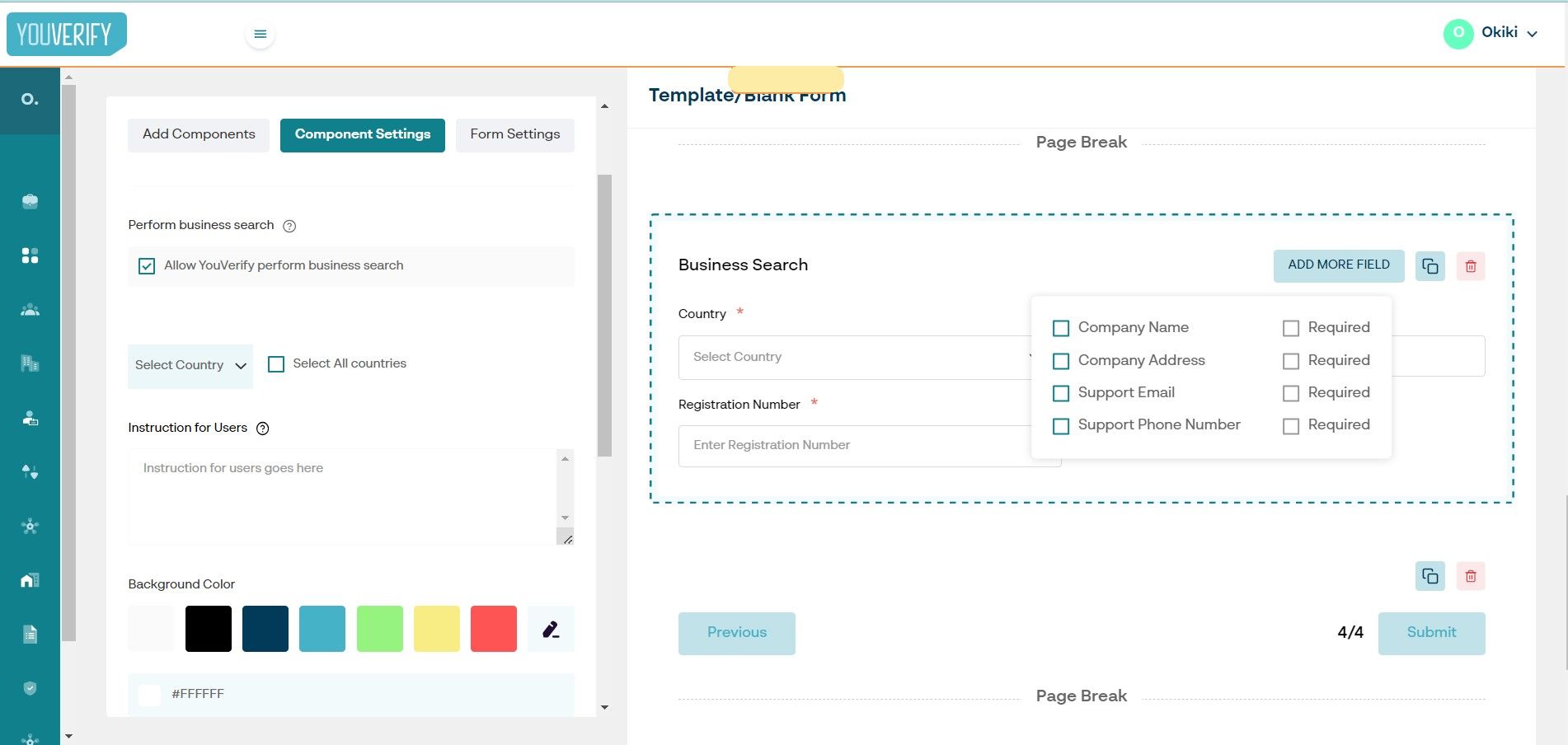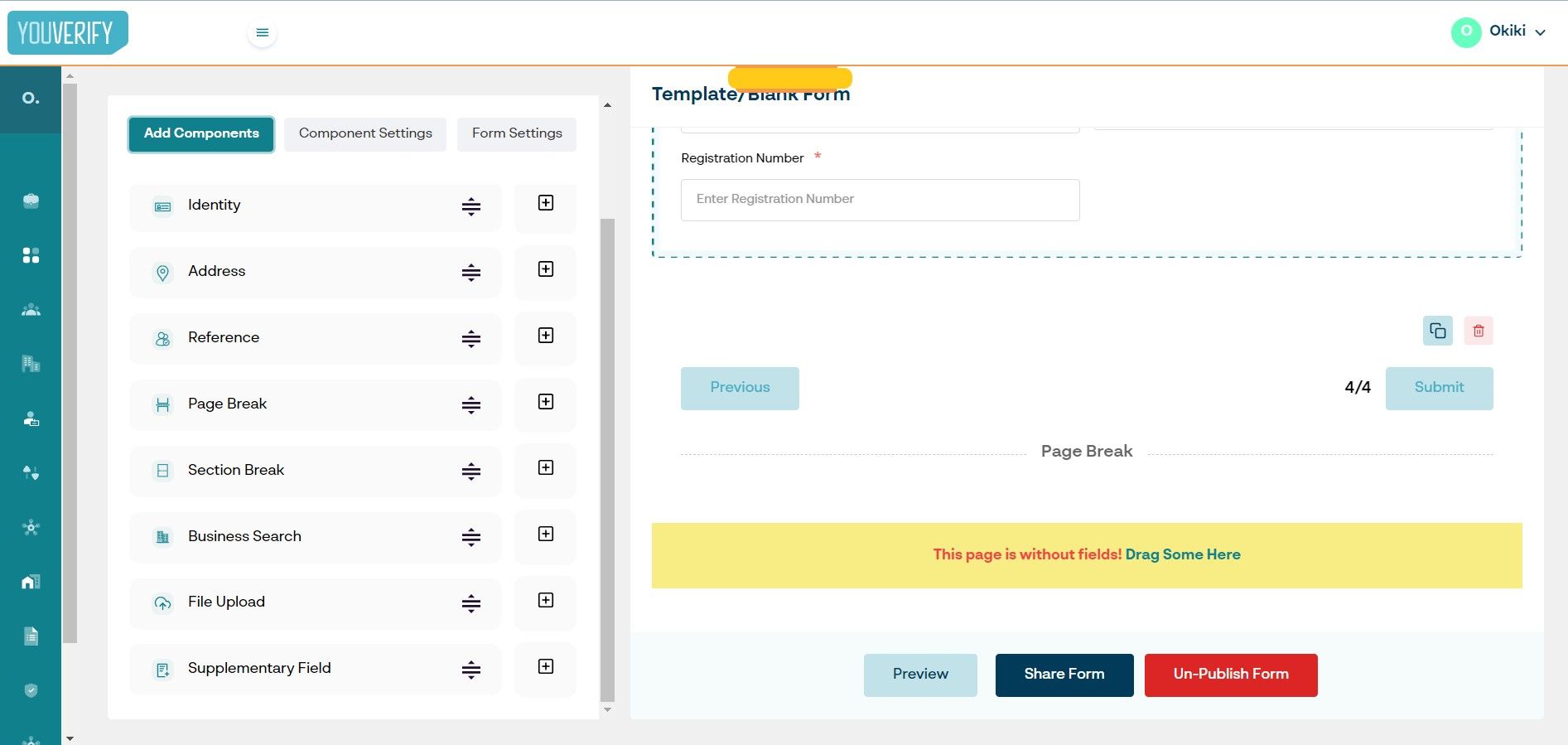Your business can lose $5.87 million.
How so? Through a single event of non-compliance now or in the future.
As financial crimes and money laundering continue to pose significant threats to businesses worldwide, establishing a robust Anti-Money Laundering (AML) compliance program has become imperative. An effective AML compliance program not only safeguards the reputation of financial institutions but also ensures the integrity of the global financial system. In this article, we will explore key steps and best practices to help organizations establish a proactive and comprehensive AML compliance program.
What Then Is AML Compliance Program?
An AML compliance program is a comprehensive set of policies, procedures, and controls designed to prevent, detect, and report instances of money laundering and other financial crimes. The primary objective of such a program is to ensure that financial institutions, including banks, credit unions, investment firms, and money service businesses, are vigilant in identifying and mitigating the risks associated with money laundering and terrorist financing.
What Is The Significance Of An AML Compliance Program?
An AML compliance program is not just a legal obligation; it is a crucial element in safeguarding the integrity of financial institutions and the global financial system. Implementing a robust program not only helps protect institutions from the risk of financial and reputational damage due to money laundering-related activities but also enhances customer trust and loyalty. Complying with AML regulations also strengthens the institution's credibility with regulatory authorities and helps build a positive reputation in the industry.
Bearing this in mind, it is important to note that there are certain key elements, and what to expect in an AML Program.
Key Components of an AML Compliance Program
Key components of an AML compliance program include:
1. Risk Assessment
The foundation of an effective AML compliance program lies in conducting a thorough risk assessment. This involves evaluating the specific risks faced by the institution, considering factors such as the types of customers served, the geographical locations of operations, and the products and services offered. A risk-based approach allows institutions to allocate resources appropriately and focus on high-risk areas.
2. Customer Due Diligence (CDD) and Know Your Customer (KYC):
A crucial aspect of AML compliance is performing robust customer due diligence and knowing your customer. Financial institutions are required to verify the identity of their customers, understand the nature of their transactions, and assess the risk associated with each customer relationship. Enhanced due diligence should be applied to higher-risk customers, including politically exposed persons (PEPs) and businesses operating in high-risk jurisdictions.
3. Transaction Monitoring
AML compliance programs involve implementing sophisticated transaction monitoring systems that scrutinize customer transactions in real-time. These systems use advanced analytics to detect suspicious patterns, anomalies, and red flags that may indicate potential money laundering activities.
4. Suspicious Activity Reporting (SAR)
Financial institutions are obligated to file Suspicious Activity Reports (SARs) with regulatory authorities when they detect transactions or behaviours that appear to be suspicious. SARs serve as critical tools for law enforcement agencies to investigate and combat money laundering.
5. Employee Training and Education
A well-informed workforce is a fundamental pillar of an AML compliance program. Regular training and education sessions should be provided to all employees, raising their awareness of AML regulations, red flags, and the importance of reporting suspicious activities.
6. AML Compliance Officer
Appointing a designated AML Compliance Officer is essential for overseeing the implementation and effectiveness of the program. This individual should possess a deep understanding of AML regulations and maintain independence from the business lines they are monitoring.
7. Independent Audits and Reviews
Regular independent audits and reviews of the AML compliance program are crucial to identify any gaps or weaknesses. External auditors provide unbiased evaluations to ensure compliance efforts meet regulatory requirements and industry standards.
Practical Step-By-Step Guide On How To Establish An Effective AML Compliance Program
Let's take a look at the practical step-by-step approach to businesses establishing an effective AML compliance program:
Step 1: Conduct a Risk Assessment
The first and most crucial step in building an effective AML compliance program is to conduct a thorough risk assessment. Identifying and understanding the specific risks faced by your institution enables you to tailor your compliance efforts effectively. Factors such as the type of clients, geographical locations, products, and services offered should be evaluated to gauge the risk exposure. A risk-based approach will allow you to allocate resources efficiently and prioritize the most critical areas.
Step 2: Develop and Implement Policies and Procedures
Based on the risk assessment, your institution should develop and implement comprehensive AML policies and procedures. These should align with local and international AML regulations and best practices. The policies should cover customer due diligence (CDD) and know-your-customer (KYC) requirements, transaction monitoring, suspicious activity reporting (SAR), and record-keeping obligations. Clear and well-communicated policies will ensure that employees understand their responsibilities and contribute to a strong compliance culture.
Step 3: Appoint a Compliance Officer and Establish Reporting Lines
Appointing a designated AML Compliance Officer is essential to oversee the program's implementation and effectiveness. This individual should possess a deep understanding of AML regulations and be independent of the business lines they are monitoring. Establishing clear reporting lines to senior management and the board ensures that AML compliance remains a top priority for the organization.
Step 4: Provide Ongoing Training and Education
To maintain a proactive AML compliance culture, regular training and education are crucial. All employees, from top-level management to front-line staff, should receive comprehensive training on AML regulations, red flags, and suspicious activity detection. By fostering a well-informed workforce, your institution will be better equipped to identify and prevent potential money laundering activities.
Step 5: Implement Robust Transaction Monitoring and Reporting Systems
An effective AML compliance program should include sophisticated transaction monitoring and reporting systems. An excellent example of this is the Youverify Transaction Monitoring solution. These systems use advanced analytics to detect and alert on suspicious activities in real-time. By continuously monitoring transactions, your institution can identify unusual patterns or behaviours indicative of money laundering and promptly report them to relevant authorities.
Step 6: Regular Independent Audits and Reviews
Conducting regular independent audits and reviews of your AML compliance program is critical to assess its effectiveness and identify any gaps or weaknesses. External auditors can provide an unbiased evaluation of your institution's AML processes, ensuring that compliance efforts meet industry standards and regulatory requirements.
Step 7: Collaboration and Information Sharing
Engaging in collaborative efforts with other financial institutions and sharing information on emerging AML trends and typologies can significantly enhance the effectiveness of your compliance program. Participation in industry forums, working groups, and public-private partnerships fosters a collective approach to combating financial crimes.
How to Automate Compliance with Youverify
Here is a step-by-step process on how businesses can automate their compliance processes with the Youverify workflow builder:
Step 1: Login to your dashboard and navigate to “Workflow Builder” at the left tab of your screen. Select create workflow builder on the bottom right as seen in the image below.

Step 2: You can either opt to choose an existing template by selecting “Choose Template”, Select a designed form draft in “Saved Forms”, copy a previously created and deployed form in “Publish Forms” or edit the template preferences in "Default Settings" tab.

Step 3: Select the solution components necessary for your business compliance needs as indicated in “1” and tailor the user onboarding flow to your preference.

Step 4: Customise individual components to your business brand feel including colours, logo, background, etc.

Step 5: Review to ensure it satisfies all the important needs in your onboarding and publish. You can proceed to share a link directly with customers.

Achieving Effective AML Compliance with Youverify
Establishing an effective AML compliance program is an ongoing journey that requires commitment, dedication, and collaboration. By conducting thorough risk assessments, implementing robust policies and procedures, appointing a compliance officer, providing regular training, and leveraging advanced technology, financial institutions can build a strong defence against money laundering and protect their reputation in the global financial landscape.
Youverify full-cycle AML solutions help businesses simplify these processes through intelligent AI and automation. With Youveriy, businesses can save on cost and labour while leveraging cutting-edge technology to stay ahead of fraudsters and achieve AML regulatory compliance.
Investing in AML compliance is not just a legal obligation but also a strategic move that builds trust with customers, stakeholders, and regulatory authorities while contributing to the overall stability of the financial system.
Don't leave your organization vulnerable to financial crimes and money laundering threats. Join the ranks of industry leaders by getting Youverify’s effective AML Compliance Solution. Take Charge of Your Financial Integrity. Request a demo now.